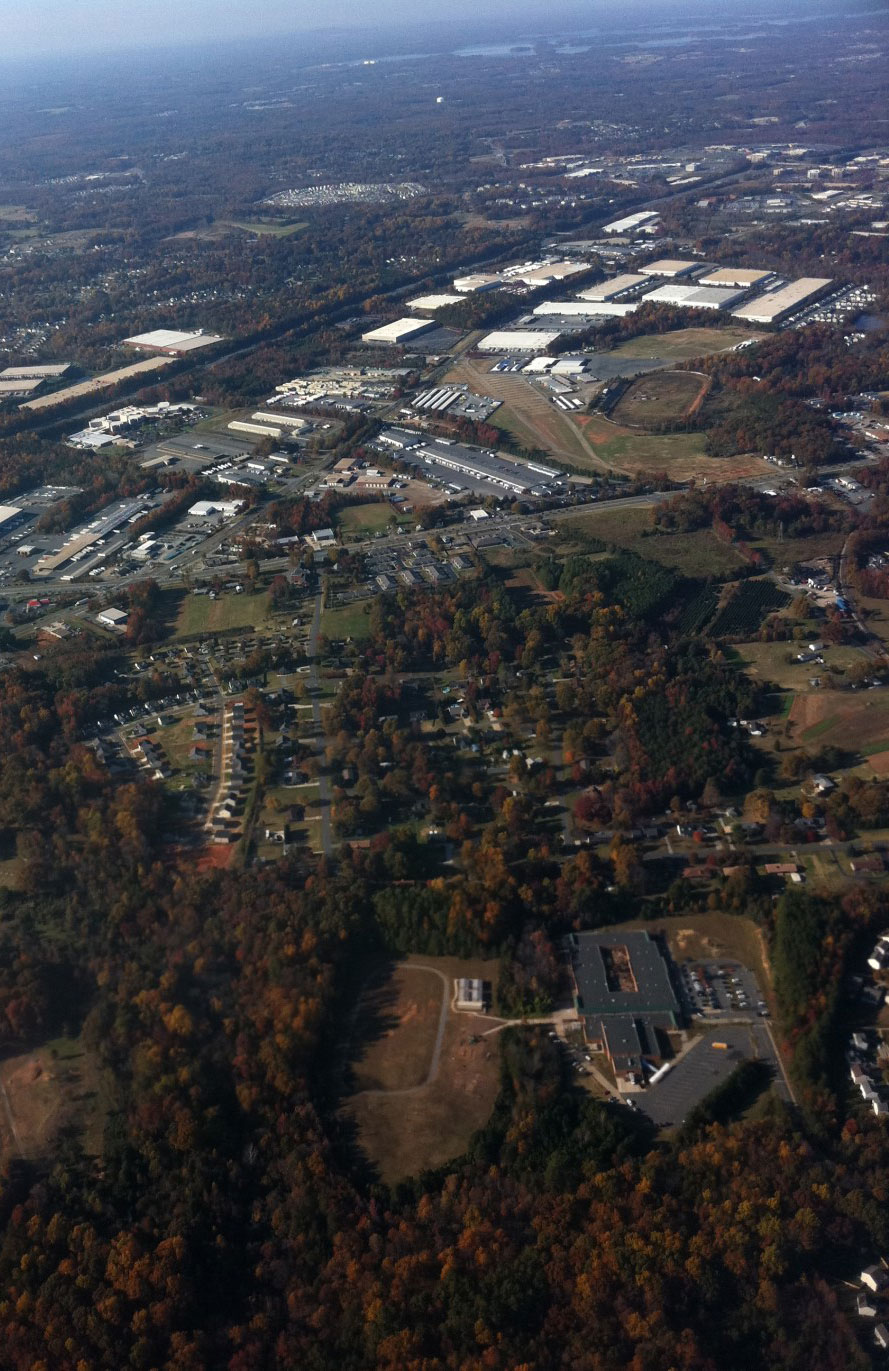Air Quality
LAN has the regulatory knowledge, resources, experience, and ability to complete assignments quickly, safely, and economically.
This commitment is backed by our ability to deliver what we promise. We continually seek ways to understand and anticipate the requirements of our clients so that we can best meet their business goals and service expectations.LAN has extensive experience in preparing air construction and operating permits for both major and minor source facilities, as well as synthetic minor source facilities. LAN readily performs quarterly, semi-annual, and annual reporting for facilities including Greenhouse Gas Reporting, Emission Inventory Surveys, Tier II Reporting, Form R/Toxic Release Inventory Reporting, etc.

The following is a bulleted list of services LAN has to offer with regards to air quality:
Air Quality Related Services:
• Prepare/negotiate with agencies on Air Construction and Operating Permit applications/renewals (Title V, PSD, FESOP, MSOP, synthetic minor, etc.)
• Prepare annual compliance certifications
• Reporting for Annual Emission Inventory, Greenhouse Gas, Form R (TRI), Tier II, etc.
• Preparation of stack testing protocols for performance/compliance with standards and permit conditions, as well as the oversight of stack testing and review of data and report
• Prepare best achievable control technology (BACT) analyses as well as RACT analyses
• Assist facilities with responding to agency Information Collection Requests (ICR)
• Prepare tools for tracking compliance with permit conditions (e.g. fuel use logs, 12-month rolling total spreadsheets with alarms built in when nearing a threshold, prepare condensed summaries of permit monitoring, recordkeeping and reporting requirements
• Evaluation of source and methodologies to abate air emissions from the source; This involves process knowledge, best management practices, abatement equipment alternatives, and implementation alternatives
• Process operations and pollution controls efficiency assessments
Track, review and negotiate with EPA on proposed rules (Performance Standards for New Stationary Sources (NSPS) / National Emission Standards for Hazardous Air Pollutants (NESHAP)). This work includes:
Review technical documents on the rulemaking docket
• Risk Analysis
• Modeling Inputs (EPA’s selective use of data)
• Generalized use of assumptions
• Emission Estimates/Reductions
Review/critique of performance/stack testing reports
• Found considerable errors in support documentation
• Lab data
• Calculations
• Misinterpretation of data
Analyze EPA Cost Analyses
• Review cost-effectiveness for pollution abatement
• EPA generally underestimates costs in order to implement their preferred control systems
• Mishandling of vendor cost estimates
• Misinterpretation of data
• Invalid assumptions regarding cost equations
